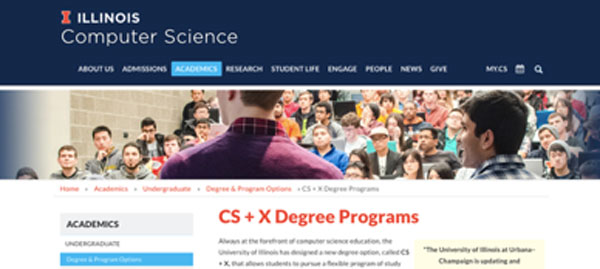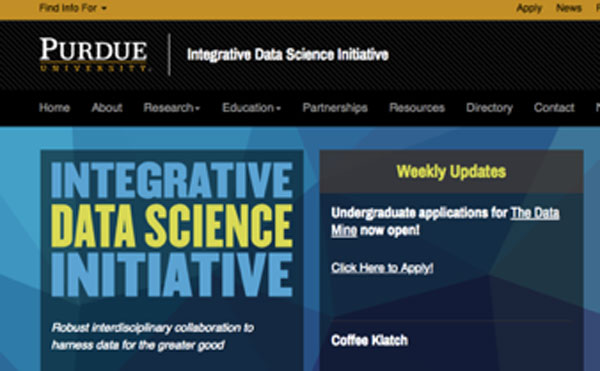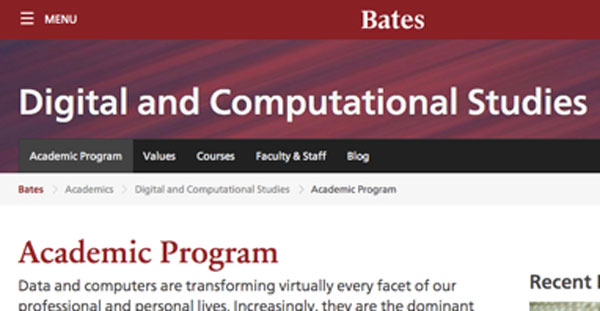Goldstone’s account of teaching literary data analysis offers an illustrative example of some of these challenges. His experience of introducing students to the R programming language was rife with pedagogical and epistemological obstacles. He writes, “my argument, in brief, is that teaching this material is really, really hard, for reasons that are more than technical or technological” [9]. Some of the difficulty is located in the problem that “available strategies for teaching literary analysis under the “DH” (digital humanities) rubric [are] inadequate” [9]. The DH field—and likely other disciplines in the liberal arts—have yet to establish fully epistemological and methodological practices that guide the ways in which interpretation is to be done, and that, in turn, enable the determination of what the data produced through coding mean.
While Goldstone’s students gained proficiency in coding, he notes that “programming competence is not competence in analytical methods . . . A programming curriculum can bring students only up to the threshold of method and not over it.” [9]. His students wrangled with data, but possessed a dearth of methodological knowledge about how to analyze the data. “Though data-wrangling is indeed a crucial research skill, it should not come before the question of how to analyze data . . . otherwise, why wrangle?” [9].
The pedagogical problem that Goldstone and his class experienced was deeper than simply the issue of balancing coding instruction with analytical method. Rather, the problem was the inchoate disciplinary issue of how to address “the problems of quantitative methodology as problems rather than passing them by, or, worse, imagining they have been solved because students are learning to code” [9]. This practical and epistemological predicament may be experienced by other liberal arts disciplines as they increasingly engage in the coding pedagogy of data science languages such as R, Python, and JavaScript. As liberal arts disciplines take on various forms of coding, it may be that old as well as new forms of epistemology and methodology need to be examined.
This all leads to a core epistemological and practical implication for the pedagogy of coding in the liberal arts, and one that may re-center the liberal arts in higher education. To the extent that coding pedagogies contribute to the increased generation of data, there is a recursive necessity that must be addressed. Data-driven forms of empiricism have been, until recently, created by disciplines that are not necessarily rooted in the traditions, methods, and analytics of the liberal arts. Coding, and its associated practices, generate new forms of data that may call for new methodological, epistemological, and analytical approaches by which to make sense of them. This is true even for those disciplines that traditionally employ empiricist methodologies, e.g., experimental social sciences. Given the data created through digital coding—potentially vast amounts—older methods may not be up to the interpretive task. How are coding pedagogy and practice not only to be taken up, but also to be understood by the liberal arts?
There are at least two implications regarding the present state of coding pedagogy in the liberal arts that suggest answers to this question. First, as Kitchin presaged, “the creation of data-driven rather than knowledge-driven science, and the development of digital humanities and computational social sciences, propose radically different ways to make sense of culture, history, economy, and society” [17]. The liberal arts may import coding from computer science, but the liberal arts disciplines, particularly those in the humanities and social sciences that possess rich traditions of critical and qualitative inquiry, are well-positioned to make valuable contributions to coding pedagogy in ways that imprint its own forms of meaning on the practices and outcomes of coding. Second, a further effect may be that, while interdisciplinarity has long been talked about and aspired to in higher education, in many instances, disciplines remain siloed. It is possible that, given the need to develop and use new methods associated with coding pedagogy, there may be a reinvigorated movement toward increased interdisciplinarity and institutional cross fertilization. Kitchin observes the effects of coding when he writes that “big data and new data analytics are disruptive innovations which are reconfiguring in many instances how research is conducted” [17]. We could revise this statement to also include the reality that “big data and new data analytics are disruptive innovations which are reconfiguring in many instances how research [and pedagogy are] (emphasis added) conducted” [17]. It may be that within this new context, the liberal arts are well positioned to move to the pedagogical and analytical center of this paradigm shift.




